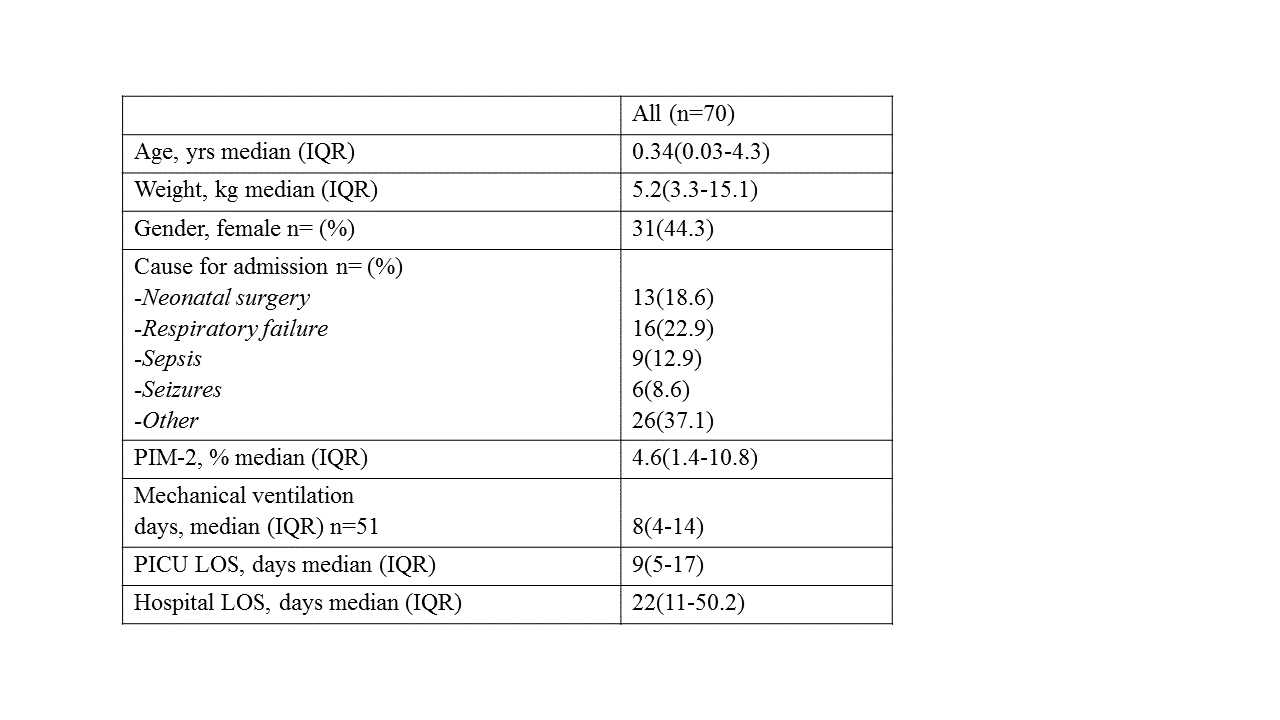
Thromboembolic Events in PICU Patients with Multiple Risk Factors for Venous Thrombosis
2Department of Physiology and Pharmacology, Karolinska Insitutet, Sweden
3Department of Clinical Science, Intervention and Technology, Karolinska Institutet, Sweden
4Department of Paediatric Radiology, Astrid Lindgrens Children's Hospital, Karolinska University Hospital, Sweden
5Department of Children´s Health, Astrid Lindgrens Children's Hospital, Karolinska University Hospital, Sweden
Background: Recent recommendations suggest that paediatric intensive care unit (PICU) children with two risk factors for venous thromboembolism (VTE) may benefit from pharmacological thromboprophylaxis (pTP), but there is a lack of robust data on which to base guidelines. Moreover, administration of low molecular weight heparin (LMWH) is painful and carries the risk of bleeding and heparin induced thrombocytopenia. The risk/benefit ratio for LMWH is unclear, and number needed to treat (NNT) in order to prevent PICU-related VTE is unknown.
Objective: We conducted a comprehensive screening for VTE in critically ill children to provide new data on the possible benefit of pTP in the PICU. Since pTP is not effective for CVC-related VTE, our primary outcome was VTEs not related to the use of a CVC.
Methods: Observational, prospective study at a tertiary multi-disciplinary paediatric hospital. Patients admitted to PICU ≥72 hours and with at least two risk factors for VTE were eligible for inclusion. Patients receiving pTP during their PICU stay were excluded.
Results: Ultrasonography screening of the great veins was performed in 70 patients. Median age was 0.34 years (0.03-4.3), 44.3% being female. Median paediatric index of mortality-2 score was 4.6% (1.4-10.8) and median PICU length of stay 9 days (5-17). CVC-related VTE occurred in 9 patients. Regarding the primary outcome, no symptomatic VTEs occurred, and at PICU discharge no asymptomatic VTEs were found on ultrasonography screening. The 95% confidence interval for the observed proportion VTE (0/70) was 0-0.051, corresponding to an incidence of 0-5.1%.
Conclusion: In this group of critically ill children we did not find any VTEs where pTP could potentially have been an effective prophylactic measure. Assuming the same effectiveness for pTP in preventing VTE as for adult ICU patients (50% risk reduction), the NNT will at least exceed 39.

Powered by Eventact EMS